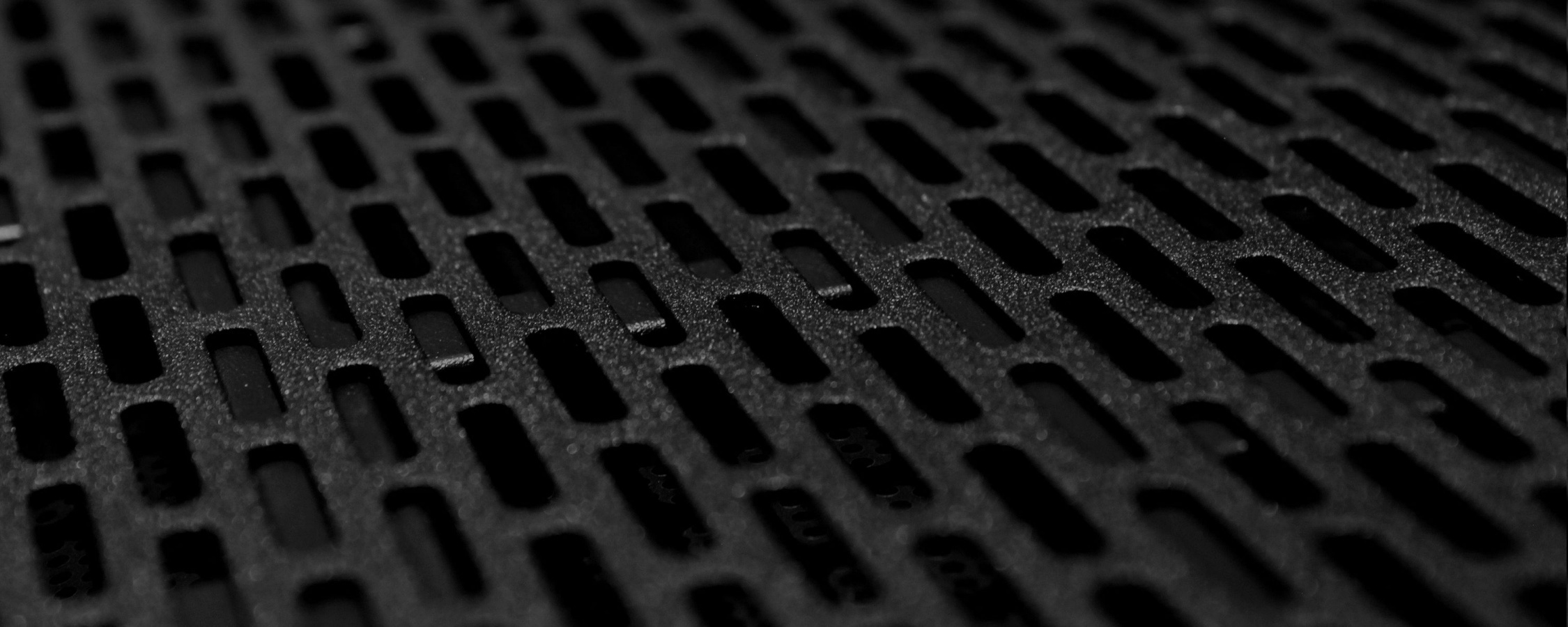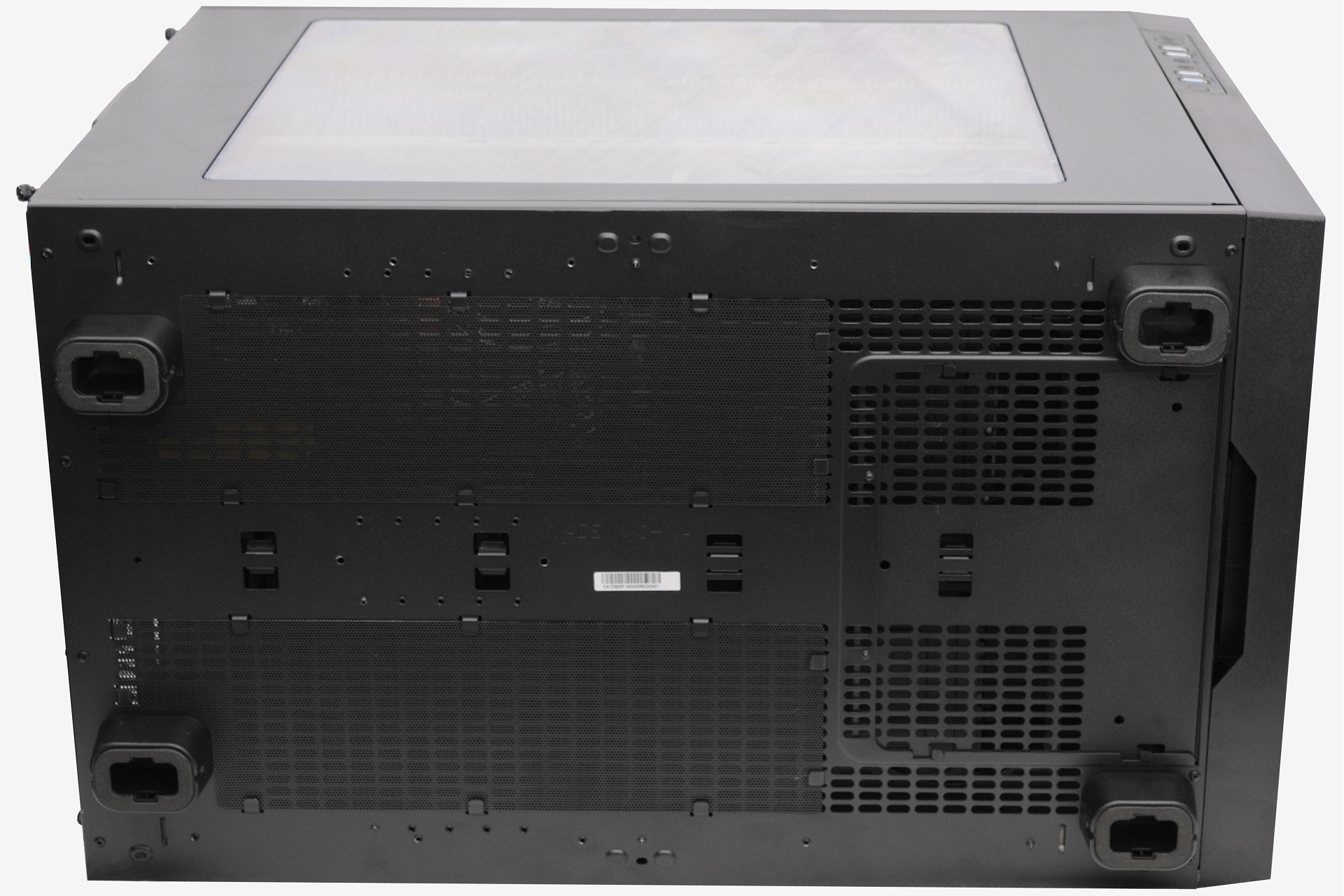It's been a long time since I last reviewed a Thermaltake case, or any of the company's products for that matter. Almost exactly two years ago to the day we put together a "Best CPU Coolers: 10-Way Roundup" featuring two Thermaltake products, the NiC C5 & FrioOCK. Sadly both were the runts of that litter, providing the worst performance across the board.
Before that we reviewed the Level 10 GT Battle Edition, a special edition case with bold looks that didn't appeal to us but has nonetheless done well for Thermaltake, reinforcing that chassis selection is much opinion-based. With that in mind, the fact that we found the Level 10 GT Battle Edition to be even more obnoxious than the original is probably a good thing.
Despite not enjoying the last few Thermaltake products we've had, we know the company is capable of building great hardware. The Armor A30 Mini was a solid little chassis, even if we didn't find it the most aesthetically pleasing, and the same goes for the Armor A90. Back in the day, the Armor+ was one of my favorite cases and I had a serious amount of fun with the Mozart Tx.
And who could forget the original Level 10, the one developed in conjunction with BMW. Sure it was grossly overpriced and wildly impractical, but if you owned one chances are you didn't care.
Three years later we have another massive and wildly impractical computer case, but hopefully in the best of ways.
The Core X9 is a behemoth, boasting a bar-fridge-like 122L capacity – large enough that Thermaltake says dual systems are on the menu, not to mention the possibilities for liquid cooling and file servers.
You may recall we reviewed an even bigger case a few years ago, the Lian Li D8000 which offered a 145L capacity and could accommodate 20 hard drives for $330. The Core X9 isn't quite in the same class, though that is also reflected by its surprisingly low price of $170.
"Super Towers" or "Ultra Towers" such as the Lian Li D8000, Cooler Master Cosmos II and Corsair Obsidian 900D typically cost upwards of $300, so we're eager to see what Thermaltake's Core X9 delivers for almost 40% less.
Core X9 External Design
From the front we have a massive panel measuring 380mm wide and 502mm tall. The panel is easily removable once in the case, as it is fixed into place via half a dozen squeeze tabs. The front is covered in a thin steel mesh insert that features rectangular cut outs for ventilation.
The only features on the front of the Core X9 are three external 5.25" drive bays and the Thermaltake logo.
Behind the panel is a massive 200mm fan and Thermaltake has included a removable dust filter to help keep the internals clean.
On the left side of the Core X9 is a rather large I/O panel with four USB 3.0 ports, two audio jacks and the power/reset buttons.
Thermaltake has designed the case so that the windowed panel can be installed on either side of the 640mm long case. Going one step further, the company made sure the I/O panel is also interchangeable so you can quickly move it to the right side of the case.
The interchangeable window and I/O panel is a clever yet essential feature of the Core X9. Because of its size, the case will likely only fit in a limited number of places and it would be disappointing if the huge window or I/O panel were pressed up against a wall.
Another cool possibility would be to purchase a second windowed door so both sides of the case give viewers a close up of the goods.
Like the front, left and right panels, the top panel is completely removable, making it easy to install up to a pair of 480mm radiators and eight 120mm fans in the top of the enclosure.
We should also mention that the windowless door features a pair of large magnetic dust filters and the same is true for the top panel.
Helping make the installation of such a large number of fans quick and easy are a pair of mounting brackets, each of which can support either three 140mm fans or four 120mm fans.
Around the back we find an odd looking setup which makes a lot more sense once you take a look inside the Core X9. In the bottom left corner we find an ATX mounting bracket and a second bracket in the bottom right corner, though out of the box it is blocked by an optional 140mm fan bracket.
Well above the power supply mounting locations we find the I/O panel and eight expansion slots. Then above that is room for another 120/140mm fan and two large rubber grommets that allow liquid-cooling hoses to exit/enter the case.
Underneath the Core X9 we find four large feet that raise the case 33mm off the ground. There are also two mesh filters that are easy to remove, though you have to get under the case first, which might not be that easy given that weighs 17kg empty.
There is also a rather large removable floor panel, which is an unusual feature that exists in the event that you somehow require 240L of computer case. That's right, the Core X9 is stackable and this passthrough lets you combine chassis to double your headroom.
Thermaltake is promoting the stackable design as one of the Core X9's key features, saying it enables virtually limitless possibilities as the expandable design allows enthusiasts to incorporate externally-modular upgrades.
Stacked together, the second chassis provides further space for liquid cooling, storage solutions, or even a whole separate system. When stacked, the maximum radiator length supported is 600mm on the front side.
Obviously this is a little nuts, but considering two Core X9s only cost $380, we could certainly think of more outrageous builds. The fact that you would end up with a case standing more than a meter high and well over half a meter deep is beside the point ;).








